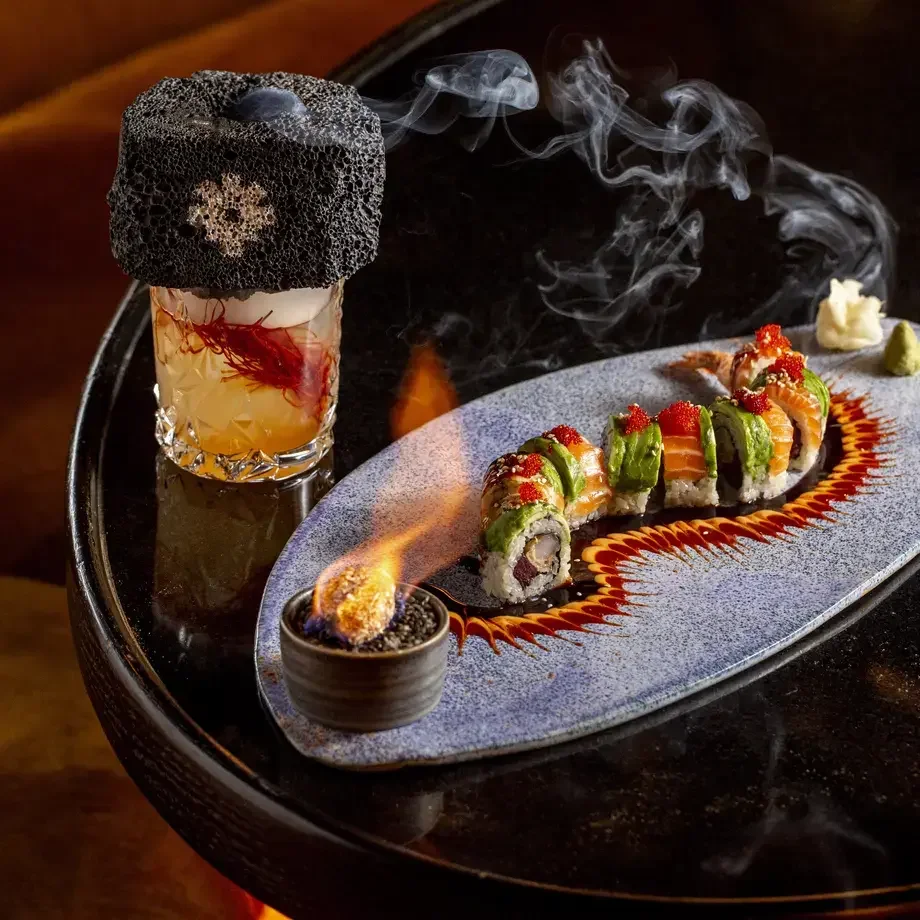You can use tapioca in a variety of ways:
- Gluten-free and grain-free food. Gluten-free bread, pizza crusts, and pastries are just a few examples of how tapioca can be used, although it’s often combined with other flours.
- Flatbread. Tapioca is often used in developing countries to make flatbreads. Depending on the toppings, they can be eaten as breakfast, dinner, or dessert.
- Puddings and desserts. Its pearls are used in pudding, where they provide a gooey, sweet texture and bind all the other ingredients together.
- Thickener. It can be used as a thickener for soups, sauces, and gravies. It tastes neutral and has great thickening power.
- Binding agent. It can be used to improve the texture and moisture content of burgers, nuggets and dough, absorbing moisture and preventing sogginess.
- Bubble tea. Tapioca is a key ingredient in bubble tea, a drink that originated in Taiwan and is now enjoyed by millions worldwide. Bubble tea is a sweet tea made with milk and dozens of little tapioca pearls. These tapioca spheres are boiled in a sugary syrup until they become sturdy enough to hold their shape even when suspended in a liquid.
Tapioca varieties
You can usually buy tapioca either as flour or in instant flakes. It’s opaque before you cook it, but turns translucent once you add water. Tapioca pearls are mostly white or off-white but can be dyed and come in both large and small sizes.
How to store tapioca
The important thing about storing tapioca is to do so in a tightly sealed container to prevent exposure to heat, moisture or bugs. Don’t put it in the fridge or freezer, but simply store it in a cupboard indefinitely.
Where to buy tapioca
Tapioca pearls are the easiest to find and come in a range of sizes. The smaller ones tend to be used in puddings and the larger ones for bubble tea. These pearls can often be found in the baking aisle of larger supermarkets. The flakes and powder tend to be sold in health food stores and are used to thicken sauces and gravies.
This article was updated on 31/03/2023.













